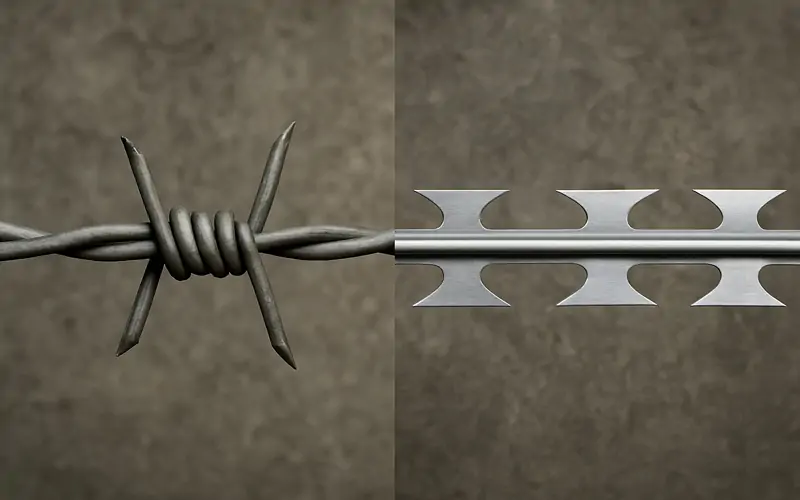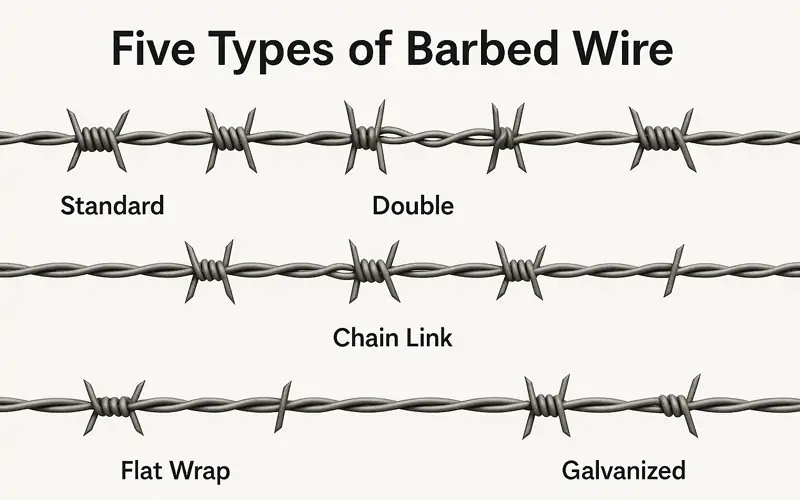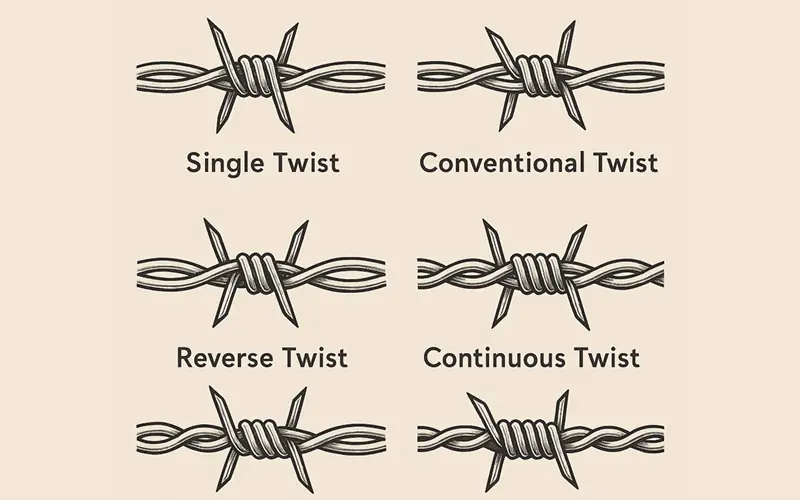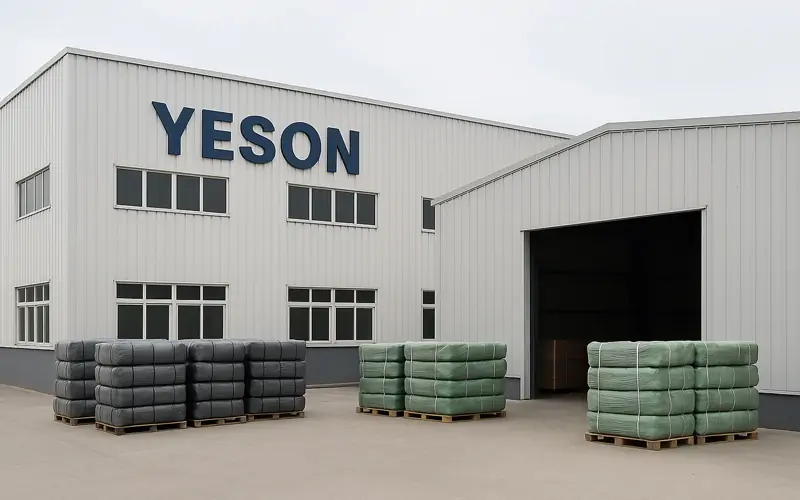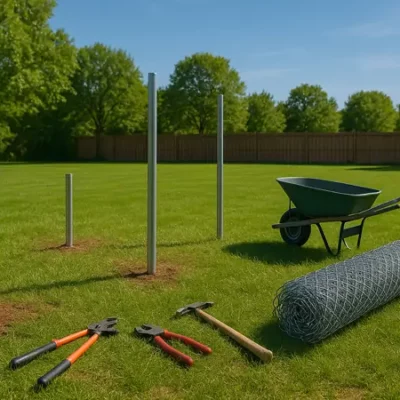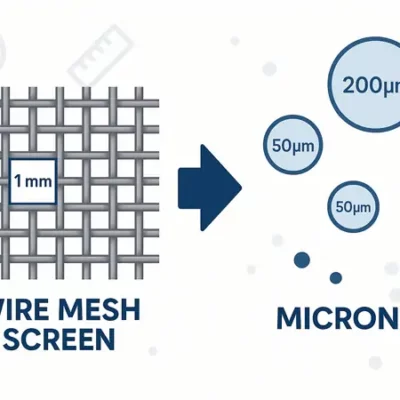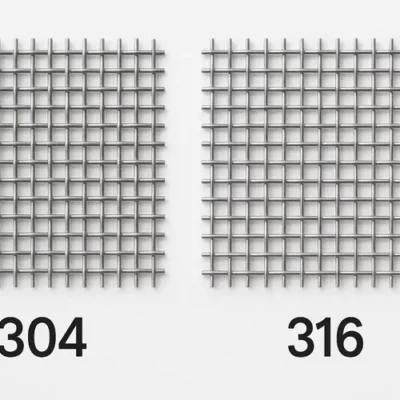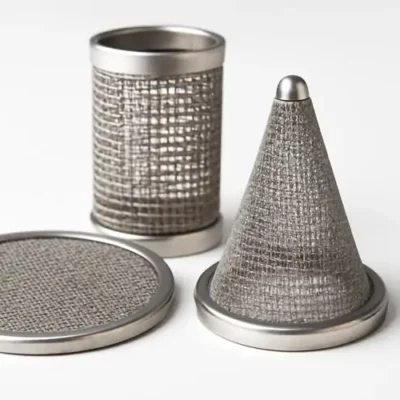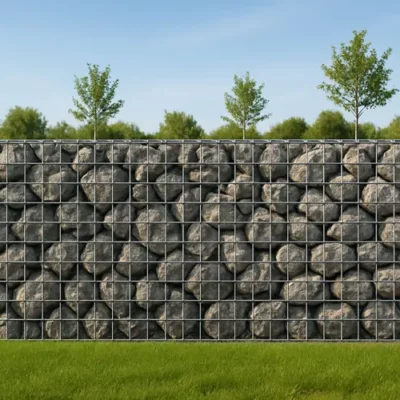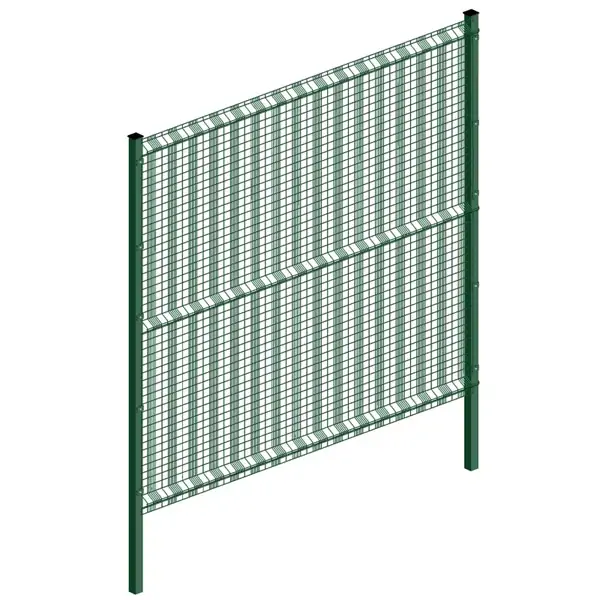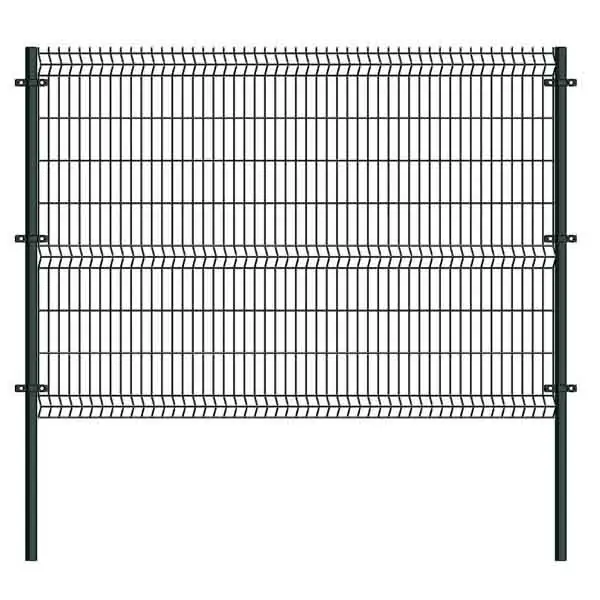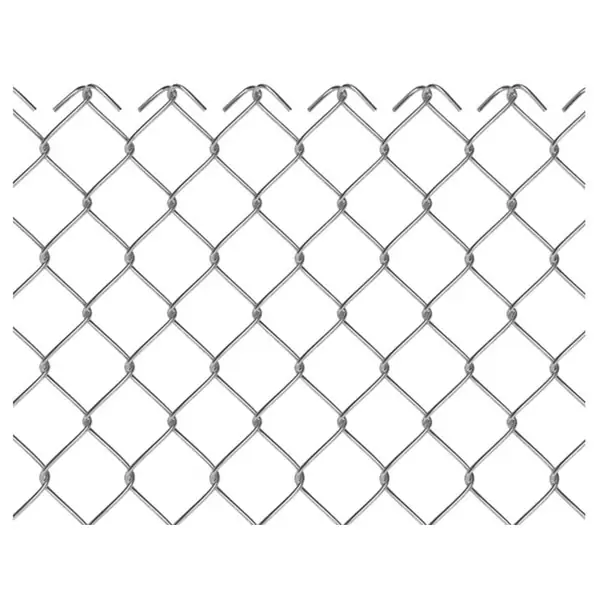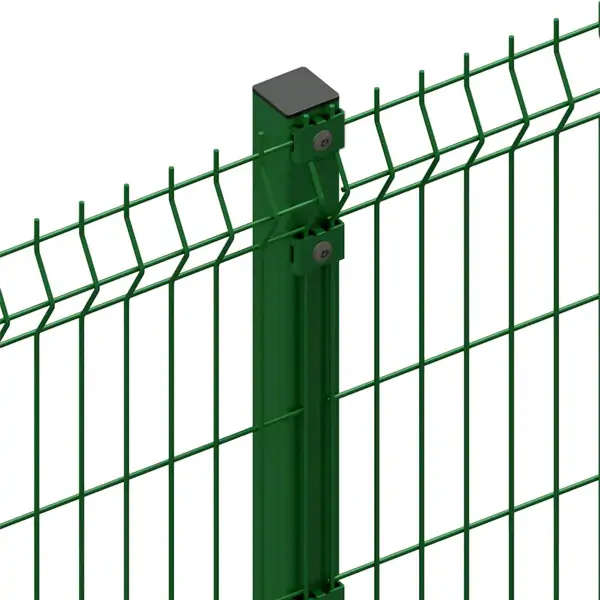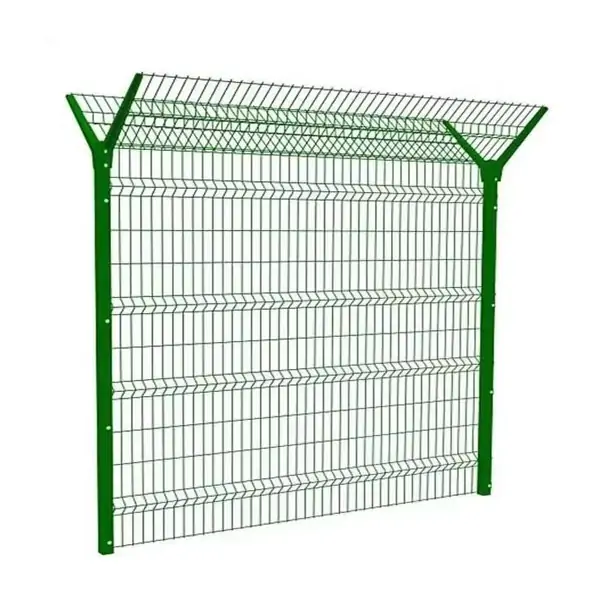Table of Contents
ToggleWhat Is Barbed Wire and Why It Still Matters in 2025?
Barbed wire is a type of fencing wire constructed with sharp edges or points arranged at intervals along the strands. Originally developed in the 19th century for livestock control, it has since evolved into a multipurpose fencing solution used in agriculture, security, industrial perimeters, and military zones.
Barbed Wire vs Razor Wire: While barbed wire consists of two wire strands twisted with barbs at regular spacing, razor wire is a newer invention with sharper, blade-like edges, designed primarily for high-security environments.
Main Types of Barbed Wire (By Design & Construction)
1. High Tensile Barbed Wire
Made from carbon steel, this type offers high strength and less sag over long distances. It is perfect for livestock containment and harsh weather areas.
2. PVC-Coated Barbed Wire
Ideal for aesthetics and corrosion resistance, this type adds a protective vinyl layer over the wire, making it durable and less likely to injure animals.
3. Galvanized Barbed Wire
Zinc-coated to prevent rusting, it comes in two varieties: electro-galvanized and hot-dip galvanized. The latter is more durable and ideal for outdoor use.
4. Reverse Twisted Barbed Wire
Twisted in the opposite direction compared to standard barbed wire, it resists unraveling and adds extra stability.
5. Electric Barbed Wire
Incorporates mild electric current for added deterrence. Common in high-security zones and wildlife exclusion fencing.
Types of Barbed Wire Fences (By Use & Application)
1. Traditional Barbed Wire Fence
Two or more strands stretched between posts, suitable for farmland and boundary demarcation.
2. Razor Wire Fence
Provides extreme security with razor-sharp edges. Often mounted atop walls or chain-link fences.
3. Concertina Razor Wire Fence
Arranged in coils or loops, concertina wire is used in military and prison settings for maximum deterrence.
4. Y-Post Barbed Wire Fence
Involves the use of Y-shaped posts that support vertical and angled strands for enhanced perimeter control.
5. Hot-Dip Galvanized Fence
With extended service life and rust resistance, it’s used widely in coastal or humid regions.
6. Barbed Privacy Fence
Combines barbed wire with wood or vinyl panels for privacy and protection.
7. Custom Configurations
Clients may request special spacing, coatings, or post types based on terrain or usage.
How to Choose the Right Barbed Wire Fence for Your Project
- Security Level Required: Choose razor wire for high-risk areas and standard barbed wire for livestock.
- Animals to Contain or Deter: Gauge the strength and visibility required.
- Weather & Terrain Conditions: Use PVC-coated or hot-dip galvanized wire in humid zones.
- Budget Constraints: Material and labor costs vary significantly.
Surface Treatment Options for Longevity
- Electro-Galvanized: Cost-effective, good for indoor or temporary use.
- Hot-Dip Galvanized: Offers 10–20 years of rust protection.
- PVC Coating: Adds color options and a smooth finish.
Twisting Methods: Which One Should You Choose?
- Conventional Twist: Affordable and commonly used.
- Reverse Twist: Prevents barbs from sliding.
- Double Strand Twist: Offers additional durability for animal fencing.
Barbed Wire Fence Cost Guide (Per Meter or Per Roll)
1. Material Cost Comparison
High tensile and PVC-coated wires cost more but offer better longevity.
2. Fence Height & Post Spacing
Taller fences require more wire and posts.
3. Labor Rates
Skilled labor or complex terrain increases installation costs.
4. Bulk Purchase Discounts
Buying in rolls or full containers can significantly reduce per-meter pricing.
Top 5 Use Cases for Barbed Wire Fencing
- Livestock Management: Keeps cattle, goats, and sheep within bounds.
- Perimeter Security: Prevents unauthorized access to factories and homes.
- Military Zones: Used for demarcation and intrusion prevention.
- Wildlife Control: Keeps pests like wild boars or deer out of crops.
- Temporary Events or Construction Sites: Easy to install and remove.
Pros and Cons of Using Barbed Wire
Pros:
- Cost-effective
- Easy to install
- Versatile applications
- Low maintenance
Cons:
- Can injure animals and humans
- Legal restrictions in some countries
- Aesthetic concerns in urban areas
Barbed Wire Fence FAQs (Answered by Experts)
- How many strands should I use for cattle fencing?
- Is barbed wire legal in residential zones?
- How far apart should fence posts be?
- Can I install it myself?
- What gauge is best for heavy-duty use?
Why Choose YESON for Your Barbed Wire Fence Supply?
YESON is a global manufacturer of high-quality wire mesh and fencing solutions:
- 20+ years of industry experience
- OEM & custom production available
- Fast lead times and global delivery
- Comprehensive customer support
Conclusion: Choosing the Best Barbed Wire Fence for Long-Term Value
Whether you’re a farmer, security firm, or government agency, selecting the right type of barbed wire can make a critical difference in cost, safety, and effectiveness. Use this guide to match your needs with the right fencing type—and contact YESON to get expert support and factory pricing.


